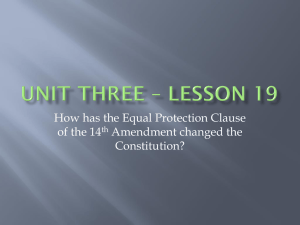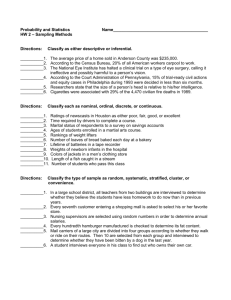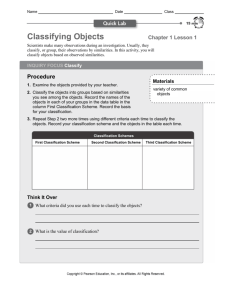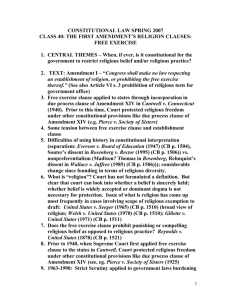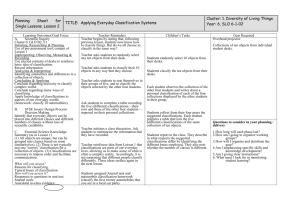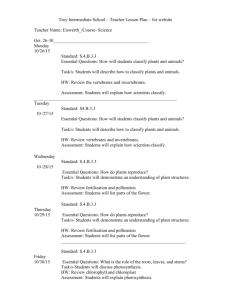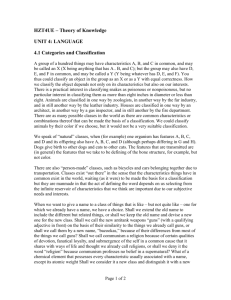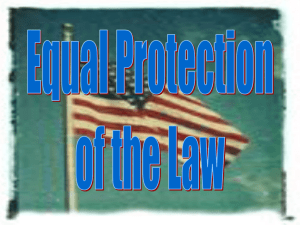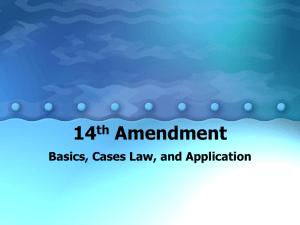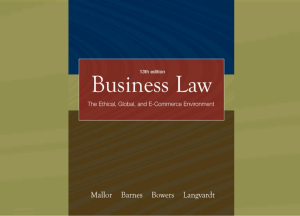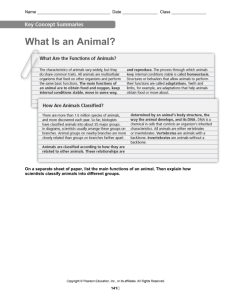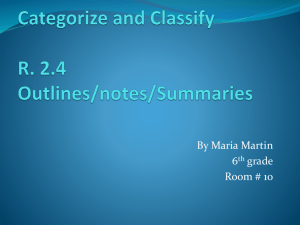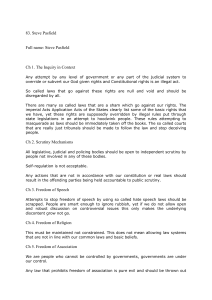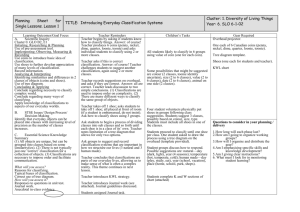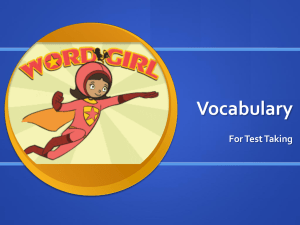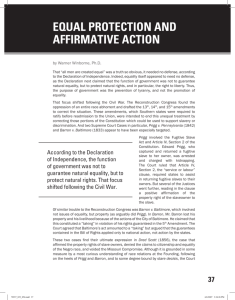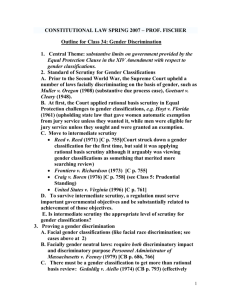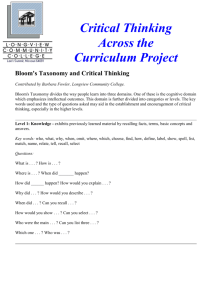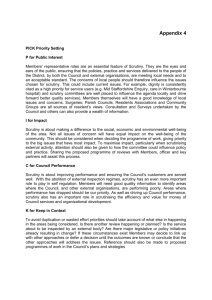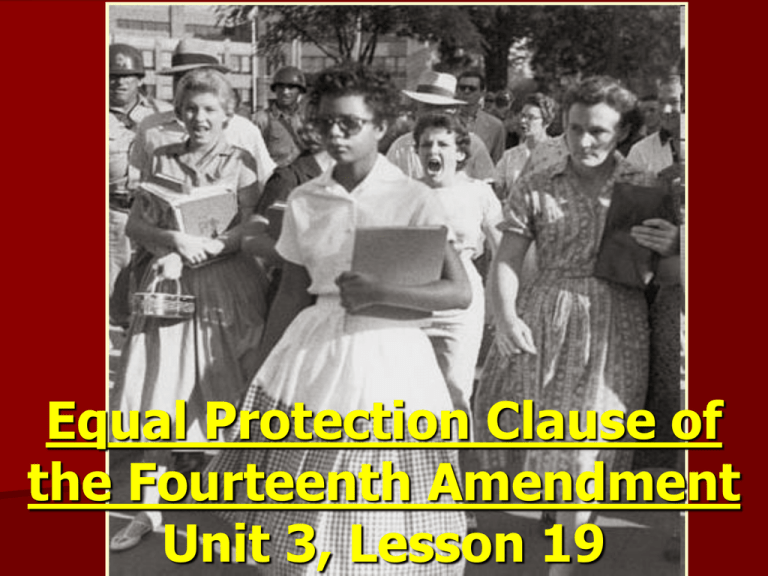
Equal Protection Clause of
the Fourteenth Amendment
Unit 3, Lesson 19
“Equal Protection of the Law”
Constitutional
guarantee of fair
treatment of all persons regardless
of sex, race, religion, or national
origin.
Guarantees
Equality of Opportunity
but NOT Equality of Condition.
Separate But Equal?
Argument that racial
segregation is
constitutional as long
as facilities are equal.
Part of Jim Crow Era:
1870s – 1960s
Plessy v. Furguson
(1896) made it federal
policy.
Brown v. Board of Education
overturns Separate But Equal!
National Association for the Advancement
of Colored People (NAACP) had fought
lynching & segregation since 1909.
Sued the Board of Edu. In Topeka, KS
(1954) over the “severe & damaging
effects segregated schools had on African
American children.”
Supreme Court ruled that “Separate
facilities are inherently unequal”
How has the Supreme Court’s
interpretation of “equal protection”
changed since Brown?
The Court analyzes laws that classify
people into groups to see if that law
violates the equal protection clause.
Example: Must be 18 to vote = 2
classifications (those who can, those who
can’t). Does this law violate the equal
protection clause?
3 Levels of Law Analysis
1. Strict Scrutiny: Reserved for laws that
classify people based on race, national
origin, religion, or citizenship, & laws that
restrict voting, travel, or access to courts.
2. Intermediate Scrutiny: reserved for
laws that classify people based on gender
3. Rational Basis: All other laws that
create classifications (wealth, age,
disability).
Remaining Controversies
1. Is Affirmative Action permissible?
– Laws that give preferences to groups that
have been historically denied opportunities.
2. Should laws that classify gender have a
higher scrutiny?
3. Where do the handicapped,
homosexuals, or children of illegal aliens
fit in?

